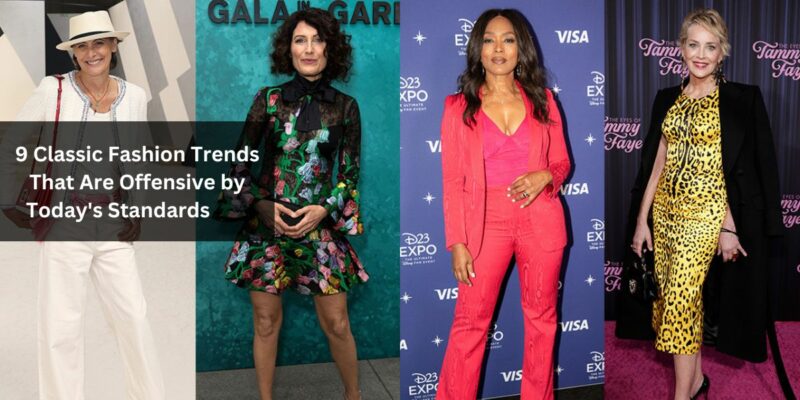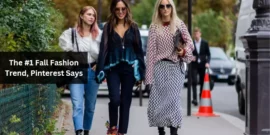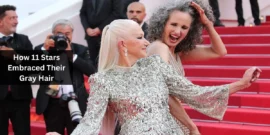9 Classic Fashion Trends That Are Offensive by Today’s Standards: Ensure they Aren’t in Your Closet.
In the modern era, individuals are generally conscious of cultural sensitivities and political correctness in their expressions. While people typically refrain from making inappropriate comments about someone’s ethnicity or using incorrect pronouns, it’s important to consider how clothing choices can also unintentionally convey messages. From cultural appropriation to gender stereotyping, fashion has a historical record of inadvertently crossing boundaries.
Table of Contents
9 Classic Fashion Trends That Are Offensive by Today’s Standards
1. The “Heroin Chic” Trend of the 1990s
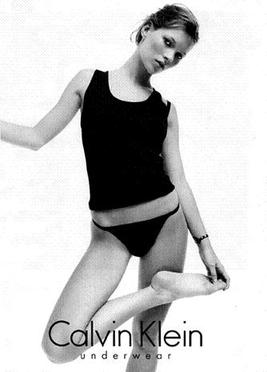
During the 1990s, the fashion industry embraced the “Heroin Chic” trend, characterized by the appearance of supermodels with a “strung-out” look. This aesthetic, popularized by photographer Davide Sorrenti, faced criticism for glamorizing the appearance of drug addiction. The trend’s insensitivity to the opioid crisis makes it particularly offensive in today’s context.
2. “Tribal” Prints and Cultural Appropriation
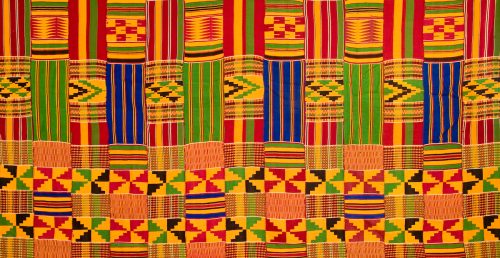
The use of “tribal” prints, often derived from historic African motifs like Kente clothing, has been criticized as cultural appropriation. Without an understanding of the cultural roots, wearing such clothing can be offensive and exploitative.
3. American Culture Motifs and Stereotyping
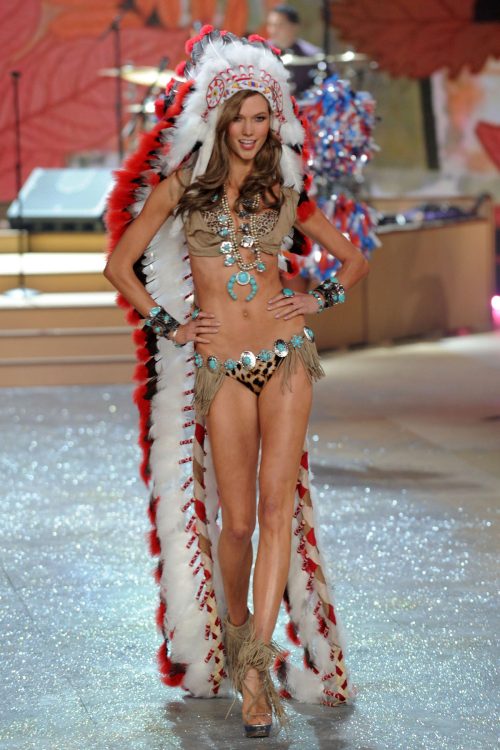
Certain fashion trends, including Hawaiian prints, Eskimo dress, and Native American designs, have been accused of stereotyping and cultural appropriation. The misuse of Native American headdresses, for instance, is seen as deeply disrespectful to their cultural significance.
4. “Oriental” Fashion and Reductionist Trends

Fashion trends in the 1960s and ’70s, labeled as “oriental,” involved adopting Asian-inspired motifs and patterns. This trend, encompassing Nehru jackets and silken robes, reduced rich cultures to mere fashion statements, falling under the banner of ‘Orientalism.’
5. Baggy Pants and Racial Stereotypes
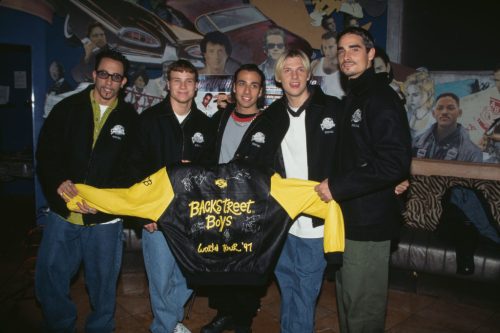
The trend of “sagging” pants in the ’90s and early 2000s, originating from U.S. prisons, was adopted into popular fashion by hip-hop culture. While seemingly harmless, it has been criticized for promoting racial stereotypes and serving as a pretext for racial profiling and discrimination.
6. 1980s Power Suits and Workplace Expectations

The “power suit” trend in the 1980s, characterized by hard-edged, shoulder-pad laden suits, defined cultural norms but also suggested that women had to adopt a more masculine style to succeed in the workplace. In the post-pandemic era, such dress codes are considered outdated and “tone deaf.”
7. Camouflage Prints and Military Symbolism

While camouflage prints became fashionable in the 1980s, they hold significant meaning in the military. Wearing camouflage in a stereotypical way can be offensive, telegraphing disrespect to those who serve and defend freedoms.
8. Fur, Leather, and Feathers

Historically, real fur, leather, and feathers were considered opulent and stylish. However, in light of ethical and environmental concerns, wearing these materials can now be seen as offensive. Faux alternatives are suggested as more socially conscious choices.
9. Fast Fashion and Ethical Concerns

While not inherently offensive, the fast fashion industry is increasingly criticized for its environmental impact and exploitation of overseas workers. Brands engaging in unethical and unsustainable practices are facing backlash from consumers.
Conclusion
As fashion continues to evolve, it is crucial to remain mindful of its potential impact on cultural sensitivity, ethical considerations, and societal values. Awareness and responsible choices contribute to a more inclusive and considerate approach to personal expression through clothing.
